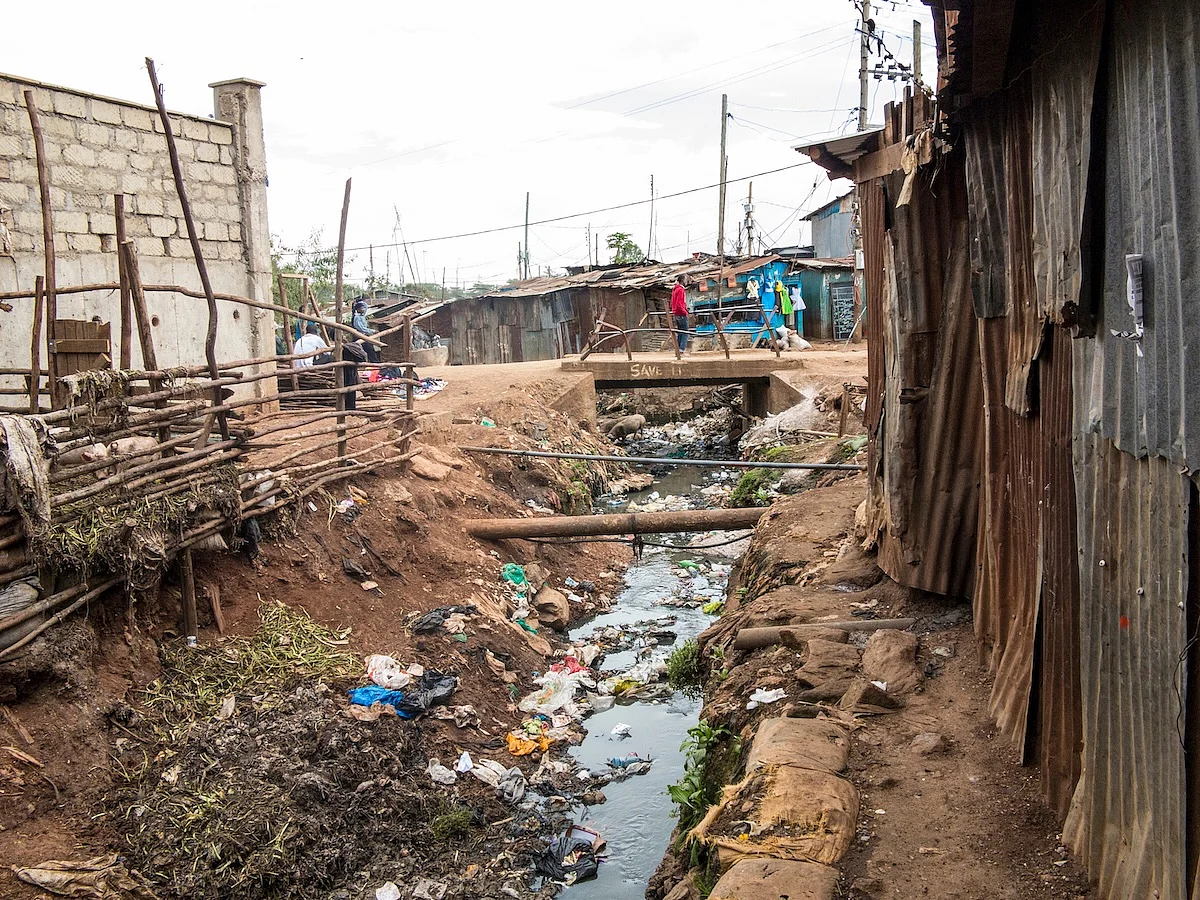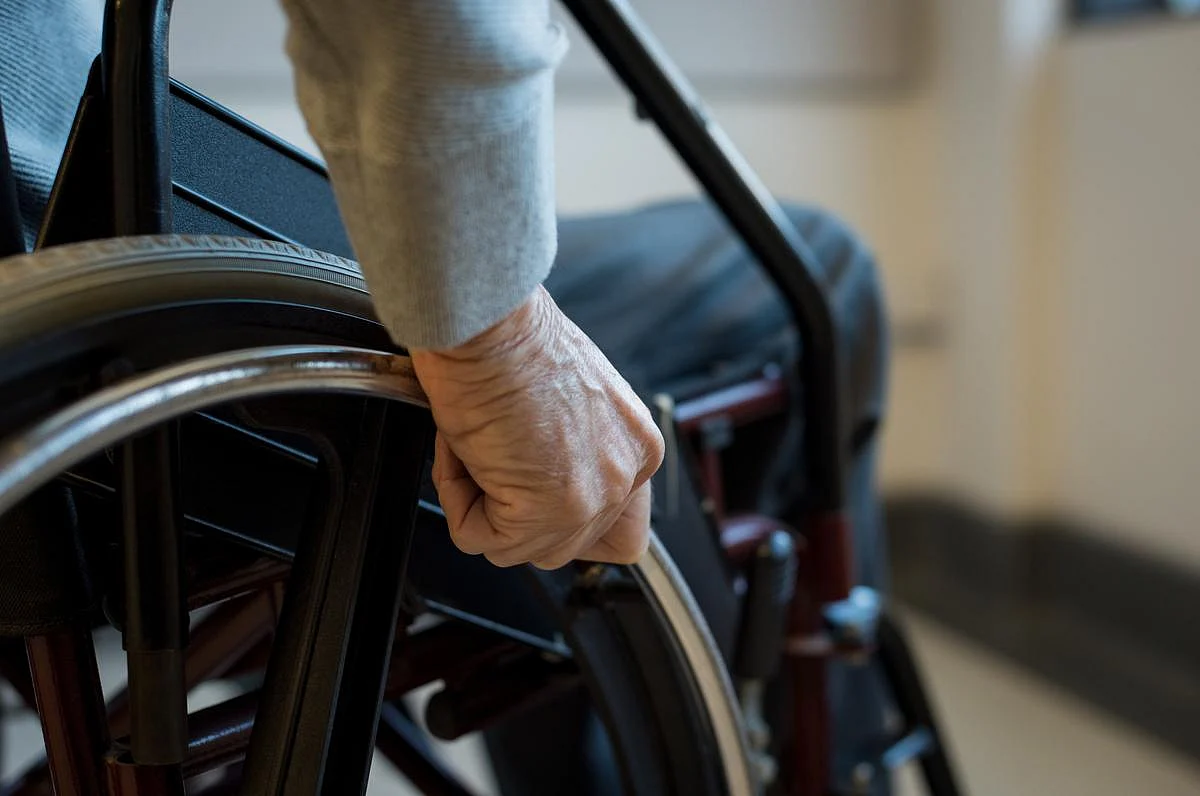Get Healthy!
Staying informed is also a great way to stay healthy. Keep up-to-date with all the latest health news here.
15 Aug
HPV Cancer Awareness: Dangerously Low
A new survey finds only 1 in 3 adults in the U.S. have heard of the HPV virus that causes oral and cervical cancer… and even fewer know there's a preventive vaccine.
14 Aug
ADHD Meds Linked To Lower Risk Of Harmful, Life-Threatening Behaviors
ADHD patients who begin drug treatment within 3 months of diagnosis have significantly lower odds of suicidal ideation, substance misuse, car accidents and criminality, according to a new study.
13 Aug
Gut Bacteria’s Surprising Role in Insomnia
A new study identifies 14 types of gut bacteria that appear to increase the risk of insomnia and 8 that may protect against the sleep disorder.
Prioritize Sleep As the School Year Begins
As the new school year begins, experts say one simple habit can help kids succeed: Getting enough sleep.
The American Academy of Sleep Medicine (AASM) reminds families, teachers and communities about the importance of quality sleep for students of all ages.
“Resetting healthy sleep habits early can help students start the year ...
- I. Edwards HealthDay Reporter
- |
- August 17, 2025
- |
- Full Page
Doctors Seek Best Way to Treat Newly Discovered Genetic Disorder
SATURDAY, Aug. 16, 2025 (HealthDay News) — Most folks probably think of gene mutations as something people are born with, but genes can also change later in life, sometimes making people sick.
Scientists recently discovered a new disease that starts just that way in midlife.
Called VEXAS, it’s marked by repeat...
- Carole Tanzer Miller HealthDay Reporter
- |
- August 16, 2025
- |
- Full Page
Ladder Recall Follows Reports of Falls, Head Injuries and Broken Bones
More than 122,000 ladders sold at Home Depot are being recalled because their locking mechanism can fail, putting users at risk of a fall.
The affected ladders are 20- and 24-foot Multi-Max Pro models sold between November 2021 and February 2024.
The manufacturer, WernerCo of Itasca, Ill., said owners should stop using the ladders im...
- Carole Tanzer Miller HealthDay Reporter
- |
- August 15, 2025
- |
- Full Page
Study Finds Redlined Neighborhoods Face Delays in Emergency Care
People living in neighborhoods once labeled “hazardous” on federal housing maps are still more likely to wait longer for an ambulance, new research shows.
Rutgers University researchers who analyzed 236 U.S. urban areas found that 7.06% of residents in historically redlined “Grade D” areas lacked quick access to eme...
- I. Edwards HealthDay Reporter
- |
- August 15, 2025
- |
- Full Page
Cholera Outbreak in Darfur Kills 40 in One Week, Officials Say
A fast-moving cholera outbreak in Sudan’s Darfur region has killed 40 people and sickened more than 2,300 in the past week alone, according to Doctors Without Borders.
The medical aid group, also known as Médecins San Frontières or MSF, says this is the worst outbreak the country has seen in years, The Associa...
- I. Edwards HealthDay Reporter
- |
- August 15, 2025
- |
- Full Page
New Brain Implant Could Let People Speak Just by Thinking Words
For the first time, scientists have created a brain implant that can “hear” and vocalize words a person is only imagining in their head.
The device, developed at Stanford University in California, could help people with severe paralysis communicate more easily, even if they can’t move their mouth to try to speak.
&l...
- I. Edwards HealthDay Reporter
- |
- August 15, 2025
- |
- Full Page
Why Do Some Kids Benefit More From Exposure Therapy To Food Allergens?
Some kids are helped by exposure therapy to food allergens like peanuts, with their allergies gradually diminishing as they eat small amounts of their food nemesis.
For others, such treatment – also called oral immunotherapy — causes severe allergic reactions.
Researchers now think they know why some kids do well with exp...
- Dennis Thompson HealthDay Reporter
- |
- August 15, 2025
- |
- Full Page
Youthful Immunity: A Double-Edged Sword for Seniors
The Fountain of Youth may not be all it’s cracked up to be, researchers say.
A genetic “fountain of youth” actually might increase seniors’ risk of developing autoimmune diseases like rheumatoid arthritis, lupus, celiac disease and psoriasis, a new study says.
Essentially, seniors who maintain “immune yo...
- Dennis Thompson HealthDay Reporter
- |
- August 15, 2025
- |
- Full Page
Source Of Breathing Problems Identified For People With Spinal Cord Injuries
Breathing problems are common among people with a spinal cord injury, frequently contributing to illness and death.
But researchers think they’ve sussed out a way to potentially improve these patients’ ability to breathe, a new study says.
A group of nerve cells in the brain and spinal cord called interneurons works to bo...
- Dennis Thompson HealthDay Reporter
- |
- August 15, 2025
- |
- Full Page
'Forever' Chemicals Might Hamper Weight Loss In Teens
“Forever” PFAS chemicals might hamper a teenager’s ability to drop excess weight, even if they’ve undergone weight-loss surgery, a new study says.
Teens with high blood levels of per- and polyfluoroalkyl substances (PFAS) were more likely to regain weight lost after bariatric surgery, researchers reported Aug. 14 in...
- Dennis Thompson HealthDay Reporter
- |
- August 15, 2025
- |
- Full Page
Taking One Step Can Boost Your Odds Of Kicking A Drug Habit
Folks fighting an addiction can boost their chances of success if they also drop the smokes, a new study says.
Addicts who quit smoking have up to 42% better odds of recovery, researchers reported Aug. 13 in JAMA Psychiatry.
These results indicate that smoking cessation programs should be made part of virtually all substance...
- Dennis Thompson HealthDay Reporter
- |
- August 15, 2025
- |
- Full Page
New Blood Pressure Guidelines Highlight Lifestyle Changes, Tailored Treatment
Nearly half of U.S. adults should receive earlier treatment for high blood pressure, including lifestyle changes and medications, according to a set of new guidelines issued by America’s top heart health groups.
The guidelines call for early and more individualized treatment for the nearly 47% of Americans who have an average blood p...
- Dennis Thompson HealthDay Reporter
- |
- August 15, 2025
- |
- Full Page
Fewer Americans Are Drinking Alcohol as Health Concerns Rise
Fewer U.S. adults say they drink alcohol, and more now believe that even moderate drinking can harm their health, a new Gallup poll finds.
The survey, conducted in July, found that 54% of Americans drink alcohol — the lowest rate Gallup has recorded in nearly 90 years of tracking. That’s down from most of the past seve...
- I. Edwards HealthDay Reporter
- |
- August 14, 2025
- |
- Full Page
Sleeping Sickness Eliminated in Kenya, WHO Says
The World Health Organization (WHO) has recognized Kenya as having eliminated human African trypanosomiasis (HAT), also known as sleeping sickness, as a public health problem.
Kenya is now the 10th country to reach this milestone. HAT is the second neglected tropical disease it has eliminated, with the first being Guinea-worm disease...
- I. Edwards HealthDay Reporter
- |
- August 14, 2025
- |
- Full Page
Wegmans Recalls Cheese Products Over Listeria Risk
Wegmans is recalling several cheese products, including its medium camembert, because they may be contaminated with listeria, which can cause serious illness.
The U.S. Food and Drug Administration (FDA) issued the alert Wednesday. The recalled products were sold between July 1 and Aug. 12 at Wegmans locations in Connecticut, Delaware, Mary...
- I. Edwards HealthDay Reporter
- |
- August 14, 2025
- |
- Full Page
New Means Found For Treating Blood Staph Infections
A new way to battle bloodborne staph infections could help save lives while combating the rise of antibiotic-resistant bacteria, according to new clinical trial results.
Two intravenous doses of the antibiotic dalbavancin delivered seven days apart worked just as well as daily IV doses of conventional antibiotics in quelling Staphyloco...
- Dennis Thompson HealthDay Reporter
- |
- August 14, 2025
- |
- Full Page
Want Better Test Scores? Try Jumping Jacks Beforehand, Study Says
Kids’ academic test scores might improve if they boost their brain power with some high-intensity exercise before picking up a pen, a new pilot study says.
Children had significantly higher test scores after they spent nine minutes performing high-knee walking, jumping jacks, lunges and squats, researchers report in the journal P...
- Dennis Thompson HealthDay Reporter
- |
- August 14, 2025
- |
- Full Page
Fighters From Poor Neighborhoods Might Have Higher Brain Risk
It’s a time-honored and somewhat romantic tale: The young fighter who rises from poverty to make a name for themselves.
But reality might take some shine off such stories, a new study says.
Participants in combat sports like boxing or mixed martial arts who grew up in poor neighborhoods might be more likely to suffer brain chan...
- Dennis Thompson HealthDay Reporter
- |
- August 14, 2025
- |
- Full Page
Gut Docs Lose Their Edge Leaning On AI Assistance For Colonscopy
Artificial intelligence (AI) is being touted as a means of improving doctors’ effectiveness, but the new tool might dull their skills in some instances, a new study argues.
Specifically, doctors became worse at performing colonoscopies after AI started assisting them, researchers reported Aug. 12 in The Lancet Gastroenterology &a...
- Dennis Thompson HealthDay Reporter
- |
- August 14, 2025
- |
- Full Page
Scalp Implant Improves Real-World Epilepsy Tracking
An under-the-scalp implant can improve monitoring of a person’s epilepsy, giving doctors data they need to improve control over seizures, a new pilot study says.
Epilepsy patients must now keep a diary to track their symptoms.
But these self-observations are only right about half the time, researchers found when they compared p...
- Dennis Thompson HealthDay Reporter
- |
- August 14, 2025
- |
- Full Page





















